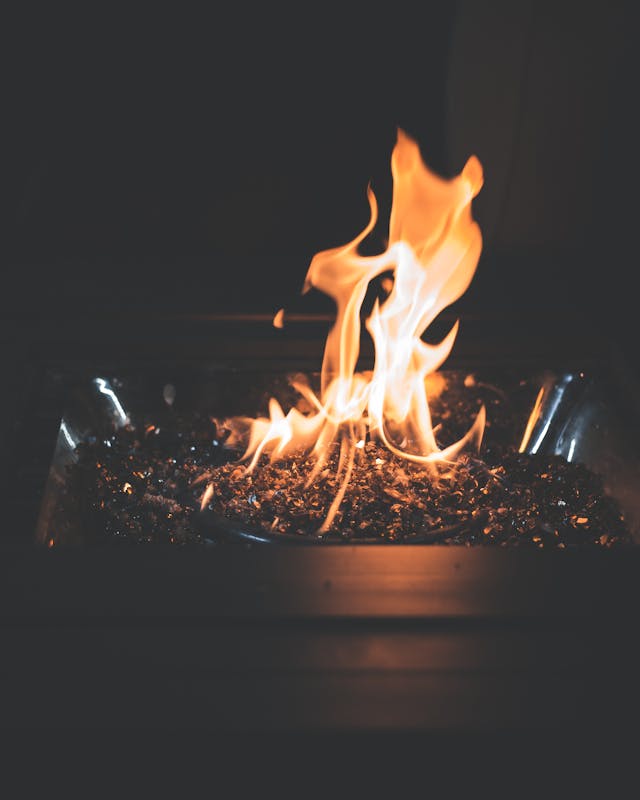Finding the right fuel source for your needs is important as you need to understand how the fuels burn and what the consequences of doing so in certain areas might be.
Smokeless fuels are efficient and safe to burn in most places, but that doesn’t mean there is nothing you need to know before getting started.
Here, we will talk about what smokeless fuel is, the limitations of some kinds of smokeless fuel, and how they compare.
Smokeless Fuel 101
Smokeless fuel is usually a solid fuel but the main difference between this type of solid fuel and more traditional types is that it produces a negligible amount of smoke.
Traditional house coal and wet wood are solid fuels that aren’t smokeless; therefore, potentially harmful chemicals and pollutants could be exuded from the smoke produced, damaging the environment and the health of people around the fire.
Smokeless fuel doesn’t contribute to environmental concerns or the health of people in any significant way. This is why these products aren’t being phased out by the UK government like other forms of solid fuel.
We have numerous smokeless fuel options to consider purchasing on the HouseFuel website that you can explore here.
Why is smokeless fuel better than other types of fuel?
Even if you exclude the health and environmental benefits of using smokeless fuel for a moment, it makes economic sense to burn this type of fuel too.
That’s because the efficiency of kiln-dried wood or smokeless coal, for example, is much better than other forms of fuel. The moisture within kiln-dried wood is targeted to be below 20% after the kiln process, ensuring it is safer and can be Ready to Burn certified.
Smokeless coal is usually made from anthracite, the highest grade of coal there is. Anthracite is highly dense and contains a lot of carbon compared to other types of coal, meaning it will burn more efficiently.
Therefore, a more efficient burning process leaves you needing to stock up on your fuel source a lot less. If you have the space to store kiln-dried wood or smokeless coal at home, we’d recommend doing this in a dry and airy outdoor space, like a garden shed.
The versatility of smokeless fuel is striking compared to its traditional counterparts. The fact that you’re able to use smokeless coal or kiln-dried wood indoors and not have to worry about the ill effects of burning them is worth exploring. For the very best operation, having a vent installed is useful, of course, but smokeless fuel won’t leave ash or tar remnants as frequently, making your cleaning job an easier one.
Follow the HouseFuel link here to discover even more about smokeless fuel.


